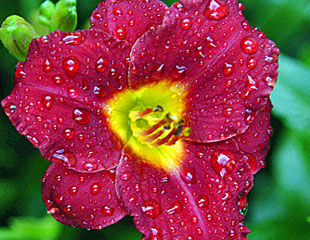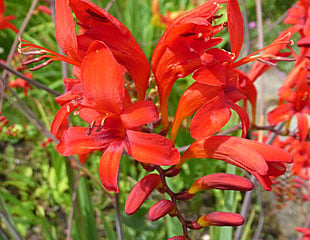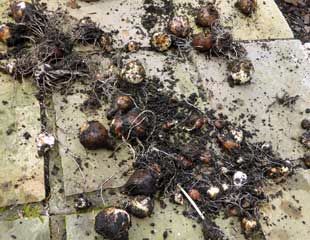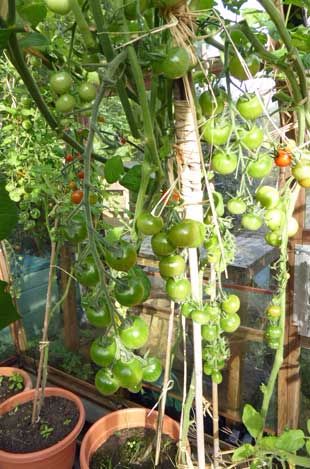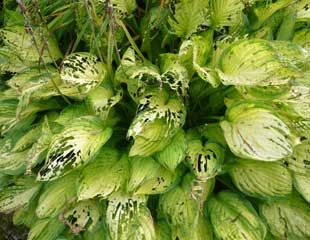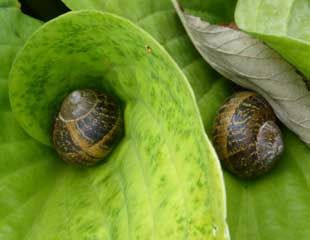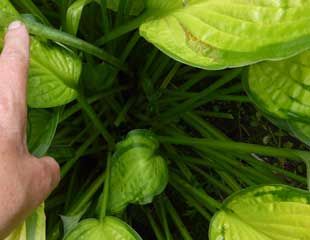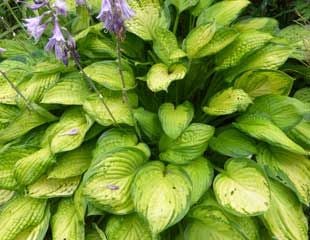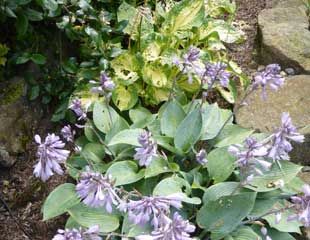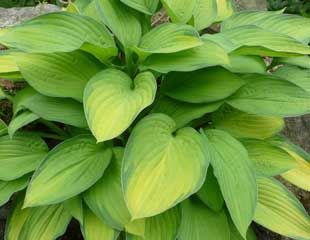What to do when plants stop flowering
Posted on
|
|
Autumn is a great time to work in the borders. The soil is still warm so its good for planting and it matters less what gets trampled on. It is an ideal time to take stock of the borders, move plants around and divide up herbaceous perennials. I have just dug out several elderly (5 years plus) perennials which didn't flower very well this season. These were mainly Hemerocallis, and Crocosmia illustrated left. Herbaceous perennials often get congested over time, especially in the centre of the plant. The best thing is to dig them up, gently seperate a part of the plant but with some it maybe necessary to cut up the plant. Replant a new healthy piece with more space and it should do better next year. I am trying to dig up anything which didn't do well last year and divide or replace. Some plants do well with time, some need dividing and others need replacing. Perennials suitable for dividing: Agapanthus, Hemerocallis (Day Lily,) Salvia, Sedum, Verbena, Astilbe, Hosta, Crocosmia, Delphinium, and Aster. The tell tale sign that the plant needs to be divided is a congested centre and flowering less each year. I seem to spend most of October weeding trying to clear up the borders to put down a mulch for the winter. Mulching helps the plants over winter and come the spring will help to suppress the weeds. As plants die back more of the border is exposed which helps you spot the weeds and clear them out. Beyond that I am not a great fan of too tidy borders; the garden is home to so many creatures they need somewhere to spend the winter. In amongst the shrubs are log piles and leaves, stones and sheltered corners.
|

